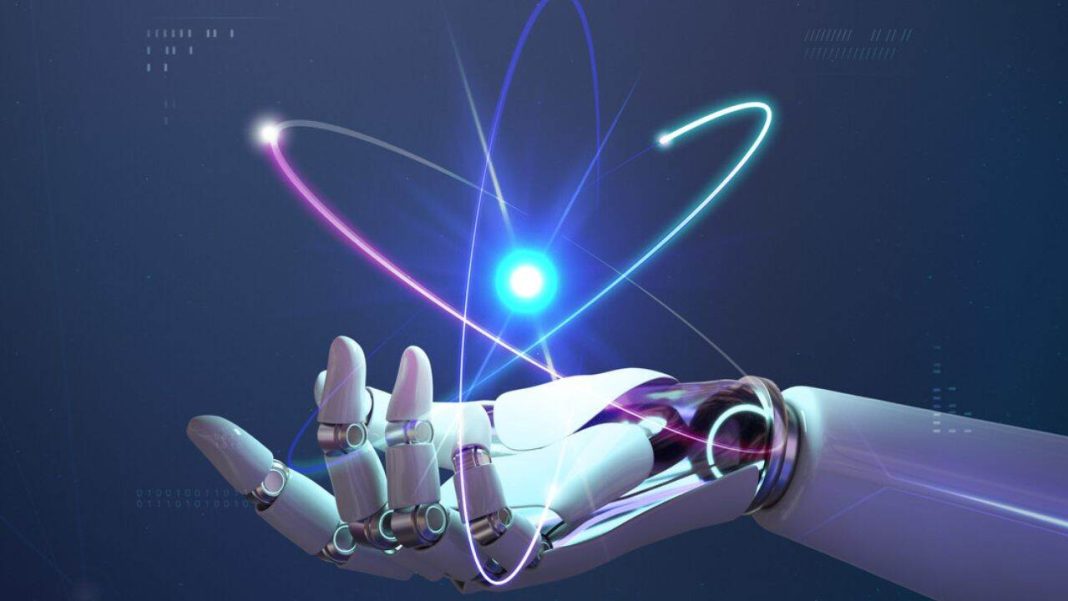The rise of artificial intelligence (AI) is reshaping the technological landscape, driving unprecedented demand for computational power and, consequently, energy. AI infrastructure—spanning data centers, high-performance computing clusters, and training facilities for large language models—consumes vast amounts of electricity, raising concerns about sustainability and grid reliability. To meet these challenges, a diverse array of energy solutions, from nuclear power to renewables, alongside advancements in energy-efficient computing architectures, are emerging as critical components of a future-ready energy ecosystem. This article explores the energy demands of AI, the potential of nuclear and renewable energy, and the role of innovative computing architectures in powering the AI revolution sustainably.
The Energy Hunger of AI
AI workloads, particularly those involving deep learning and generative models, are extraordinarily energy-intensive. Training a single large language model can emit as much carbon as a transatlantic flight, while data centers supporting AI inference and deployment operate around the clock, consuming gigawatts of power. By 2030, data centers are projected to account for 8-10% of global electricity consumption, with AI-driven workloads being a significant contributor. In the United States alone, data center electricity demand is expected to double by the end of the decade, equivalent to powering millions of homes.
This surge in demand is straining existing energy grids, many of which rely on fossil fuels, raising environmental concerns. Tech giants like Microsoft, Google, and Amazon, which operate massive AI infrastructure, have committed to carbon neutrality or net-zero goals, but achieving these targets requires a fundamental shift in how energy is sourced and consumed. The scale of the challenge demands a multifaceted approach, combining traditional and emerging energy sources with breakthroughs in computing efficiency.
Nuclear Power: A Resurgent Contender
Nuclear power is experiencing a renaissance as a potential solution to AI’s energy demands. Unlike fossil fuels, nuclear energy produces near-zero carbon emissions during operation, offering a stable, high-density energy source capable of powering large-scale data centers. Small modular reactors (SMRs), which are smaller, safer, and more cost-effective than traditional nuclear plants, are particularly promising. Companies like NuScale Power are developing SMRs that can be deployed near data centers, providing dedicated, reliable power.
In 2024, Microsoft announced a partnership to restart a unit at the Three Mile Island nuclear facility in Pennsylvania to power its AI data centers, signaling a growing industry interest in nuclear energy. Similarly, Amazon has invested in SMR development, aiming to integrate nuclear power into its cloud and AI operations. These moves reflect a broader trend: nuclear power’s ability to deliver consistent baseload energy makes it an attractive complement to intermittent renewables like solar and wind.
However, nuclear power faces challenges. Public perception, shaped by past accidents like Chernobyl and Fukushima, remains a hurdle, despite modern reactor designs being exponentially safer. Regulatory approvals for new nuclear projects can take years, and high upfront costs deter investment. Nevertheless, the urgency of decarbonizing AI infrastructure is driving innovation and policy support, positioning nuclear as a key pillar of the energy mix.
Renewables: Scaling Up for AI
Renewable energy sources—solar, wind, and hydropower—are central to the tech industry’s sustainability goals. Solar and wind power have become cost-competitive with fossil fuels in many regions, and their scalability makes them appealing for powering AI infrastructure. Google, for instance, has matched 100% of its global electricity consumption with renewable energy purchases since 2017, while Amazon’s renewable portfolio includes thousands of megawatts of solar and wind capacity.
Yet, renewables face limitations. Their intermittency requires robust energy storage solutions, such as advanced batteries or pumped hydro, to ensure uninterrupted power for data centers. Additionally, land use constraints and supply chain bottlenecks for critical materials like lithium and cobalt can slow deployment. To address these challenges, tech companies are investing in next-generation renewables, such as offshore wind and geothermal energy, which offer greater reliability and geographic flexibility.
Hybrid energy systems, combining renewables with nuclear or natural gas, are also gaining traction. These systems leverage the strengths of each source to provide stable, low-carbon power. For example, a data center might draw on solar during peak sunlight hours, supplemented by nuclear or battery storage at night, ensuring 24/7 operation without relying on fossil fuels.
Energy-Efficient Computing Architectures
While diversifying energy sources is critical, reducing AI’s energy footprint through efficient computing architectures is equally important. Traditional CPU-based systems are giving way to specialized hardware like GPUs, TPUs, and neuromorphic chips, which are optimized for AI workloads. These architectures deliver higher performance per watt, significantly lowering energy consumption.
For instance, NVIDIA’s latest GPUs, designed for AI training and inference, offer up to 20 times the energy efficiency of older models. Google’s TPUs, tailored for machine learning, further reduce power usage by accelerating specific computations. Neuromorphic chips, which mimic the human brain’s neural structure, promise even greater efficiency by minimizing data movement, a major energy sink in conventional systems.
Software optimization also plays a role. Techniques like model pruning, quantization, and federated learning reduce the computational load of AI models without sacrificing performance. Open-source frameworks like TensorFlow and PyTorch now include tools for energy-aware AI development, enabling developers to prioritize efficiency.
The Path Forward
Powering the AI-driven future requires a holistic strategy that integrates diverse energy sources with cutting-edge computing technologies. Nuclear power, with its reliability and low emissions, can anchor the energy mix, while renewables provide scalable, green capacity. Energy-efficient architectures, from specialized chips to optimized algorithms, will curb demand growth, making the ecosystem more sustainable.
Collaboration is key. Governments must streamline regulations to accelerate nuclear and renewable projects, while incentivizing R&D in energy-efficient computing. Tech companies, for their part, should continue investing in innovative energy solutions and sharing best practices. By aligning technological innovation with environmental responsibility, the industry can ensure that AI’s transformative potential is realized without compromising the planet’s future.
As AI continues to evolve, so too must the infrastructure that powers it. By embracing nuclear, renewables, and efficiency-driven computing, we can build a resilient, sustainable energy framework capable of meeting the demands of the AI revolution—powering not just machines, but a brighter, greener tomorrow.


